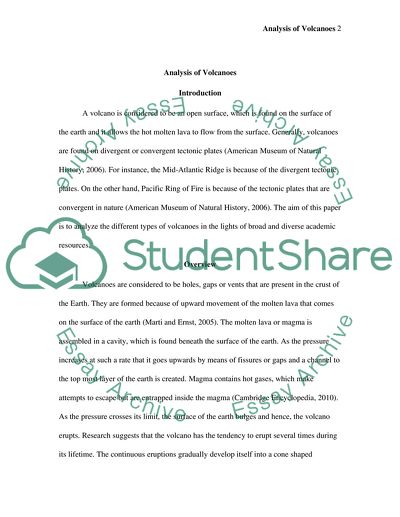Cite this document
(Different Types of Volcanoes in the Lights of Broad and Diverse Research Paper, n.d.)
Different Types of Volcanoes in the Lights of Broad and Diverse Research Paper. Retrieved from https://studentshare.org/environmental-studies/1746206-compare-several-volcanoes-3-4-either-all-different-or-all-similar-in-some-way
Different Types of Volcanoes in the Lights of Broad and Diverse Research Paper. Retrieved from https://studentshare.org/environmental-studies/1746206-compare-several-volcanoes-3-4-either-all-different-or-all-similar-in-some-way
(Different Types of Volcanoes in the Lights of Broad and Diverse Research Paper)
Different Types of Volcanoes in the Lights of Broad and Diverse Research Paper. https://studentshare.org/environmental-studies/1746206-compare-several-volcanoes-3-4-either-all-different-or-all-similar-in-some-way.
Different Types of Volcanoes in the Lights of Broad and Diverse Research Paper. https://studentshare.org/environmental-studies/1746206-compare-several-volcanoes-3-4-either-all-different-or-all-similar-in-some-way.
“Different Types of Volcanoes in the Lights of Broad and Diverse Research Paper”, n.d. https://studentshare.org/environmental-studies/1746206-compare-several-volcanoes-3-4-either-all-different-or-all-similar-in-some-way.


